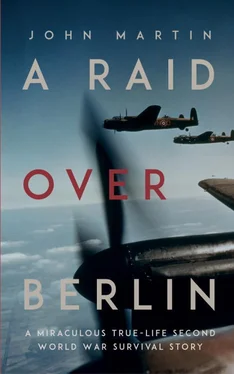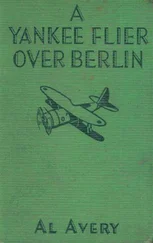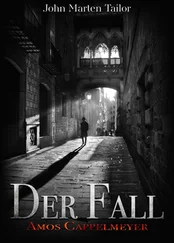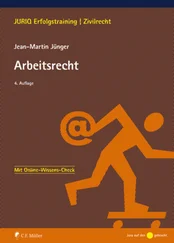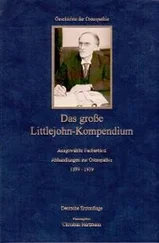John Martin
A RAID OVER BERLIN
A MIRACULOUS TRUE-LIFE SECOND WORLD WAR SURVIVAL STORY
To all who suffered in World War Two.
London-born John Martin volunteered for the RAF as a trainee wireless operator in 1941, aged nineteen.
On completing his training, he was posted to RAF Kermington, in Lincolnshire. Here he crewed Lancaster bombers until, on the night of January 30th, 1944, on only his third operational mission, his plane was brought down over Germany. After a miraculous escape, his parachute opening in the chaos of a disintegrating aeroplane, he was captured and interrogated before being held as a prisoner of war.
After the Allies finally crushed the Nazi regime in the spring of 1945, bringing the war in Europe to an end, John Martin was liberated by British troops and repatriated back to life in Britain. He returned home to his family and was met by his fiancée, Adelaide, who he married shortly after. The couple went on to raise a family. John Martin, now aged ninety-six, lives in Cardigan, Wales.
I would like to give my thanks to my wife, Adelaide, for all her support and encouragement in writing this book. Thanks to Ann and Nick for all the help they have given in many ways. Thanks to Lynda and Jeremy for their encouragement, and to Lynda’s Book Circle who sent encouraging comments. Thanks also to our good neighbour, Pauline, for her support and encouragement, and to all the friends who gave support.
Prologue
A Miraculous Escape
Even now, after almost seventy-five years, I still have no idea how I came to be falling through the savaged sky, amidst the smoke, bombs and deadly flak that raged over Berlin, on that fateful night in 1944, but, whether it was an act of God or an unbelievable twist of fate, I have remained ever grateful.
At that moment I had little time to ponder such a question, as Nazi Germany rushed ever closer beneath my feet, nor could I think about our stricken Lancaster MK1 and the rest of my crew◦– although they too have remained in my thoughts across the decades◦– as I knew I was far from being in the clear.
I quickly tried to recall the time spent in the classroom in basic training and all the advice we needed to heed when lost behind enemy lines, however, in hindsight, there was little they could have said to prepare me for what was to come.
Of the 125,000 courageous men of Bomber Command, who set off on missions over enemy territory during the Second World War, almost half never returned to their families; thankfully I did but it was to be over a year before I saw my loved ones again.
The memory of that exacting journey, the terror and hardship, panic and uncertainty, has always cast an unwanted shadow in my periphery, like that of a rain cloud menacing a summer’s day, but I wish to recall it here, so it is not lost when my passing, so fortunately outfoxed on several occasions, so many years ago, finally catches up with me.
Chapter 1
Joining the Fight
You could blame the naivety of youth for my enlisting in the Royal Air Force, but I was to grow up considerably in the troubled Second World War years that followed.
Being a London boy, from a working-class background, I saw the RAF as an opportunity to better myself, to get into a profession that had been previously denied young men such as myself and, in September 1941, not long after turning nineteen, I quit my job as an apprentice coachbuilder and, alongside my friend Eddy Stevens, signed up to train as a RAF wireless operator.
I wasn’t seeking to become a hero or itching to risk my life for King and Country; in fact, like so many of my contemporaries, I did not perceive the war as dangerous and likely to claim our lives. We reasoned the horrors of the First World War were ancient history and, therefore, not connected with the present war. Also, the excitement of flying an aircraft far outweighed any thoughts of danger.
So, fuelled by the thoughts of flying and the ambition to better myself, I attended evening classes with the Air Training Corps in Wembley. Having left Wesley Road Senior Boys School at the age of fourteen, I found the maths hard going and therefore was pleased to receive the extra tuition provided by my friend Eddy, who had enjoyed the good fortune to be able to remain at school until he was sixteen and gain a higher standard of education.
Eventually, with our classes successfully completed, I attended the Aircrew Selection at RAF Cardington in Bedfordshire. Here, although keen to be a wireless operator, I was selected by the Aircrew Selection Board to train as a pilot. I really felt as though I had fallen on my feet and was billeted in a sumptuous flat in St John’s Wood and attended lectures in the famous Board Room at Lord’s Cricket Ground. My new career saw me experiencing the luxurious side of the RAF. This was something that, even in my wildest dreams, I had never imagined being a part of.
My bubble was soon to be burst, however, when I was told that, although I had been selected to train as a pilot, due to a shortage of bomb aimers, the entire intake would embark on training to address this crewing shortage. I did not accept this operational decision willingly and, after some persuasion, it was decided I could train as a wireless operator, as was my original wish. Little did I know that those turn of events may well have saved my life as both the pilot and bomb aimer in my future crew were to pay the ultimate price for their part in the war.
The next stage of my training was at Signals Schools, which involved moving around the country to specialist establishments. The first part, learning to be a ground-based wireless operator, was undertaken at Blackpool and then Yatesbury in Wiltshire. The next move was to Madley in Herefordshire, to learn the air operating procedures. The final move was to Stormy Down in south Wales, for air gunnery, from where I emerged wearing an Air Gunner’s beret and sergeant’s stripes, or tapes as they were known.
I was to get my first taste of an unwanted side of life in the RAF while in Signals School: the attentions of the Flight Sergeant. Anyone who has been in the RAF will tell you that, during basic training, everyone lives in fear of the Flight Sergeant. He was not a technical man by any means; he was there for disciplinary purposes, and one of his objectives was to make you realise that you were no longer a human being, and that when he said ‘Move’ you moved.
Flight Sergeant aside, I enjoyed my training and, in the spring of 1943, I was posted to the Advanced Air Training School at RAF Llandwrog in north Wales where the reception from the local inhabitants was somewhat cool. Rumours were circulating amongst the crews of the problems encountered during the construction of the station a few months earlier. Some of the indigenous population, many of them isolated from the rest of Britain in this remote corner of north Wales, did not want an aircraft training school and ‘foreigners’ in their community. So, they embarked on attempts to sabotage the building of the station◦– allegedly, led by their vicar.
It was at this time, at RAF Llandwrog, when I heard some very bad news. My friend, Eddy Stevens, had been killed in a flying accident during the final months of his training. I wasn’t to know, at that time, that the war had only just began to claim the lives of my friends.
From Llandwrog I was posted to RAF Cottesmore in Leicestershire, with its complement of Wellington MKICs. I would finally get to fly an operational aircraft. My first experience of a Wellington, however, would be in one that was firmly fixed to the ground. Before any flying was attempted the aircrews had to familiarise themselves with the aircraft’s layout and we were given instructions in a wing-less fuselage section of a Wellington, known as a dummy fuselage.
Читать дальше
